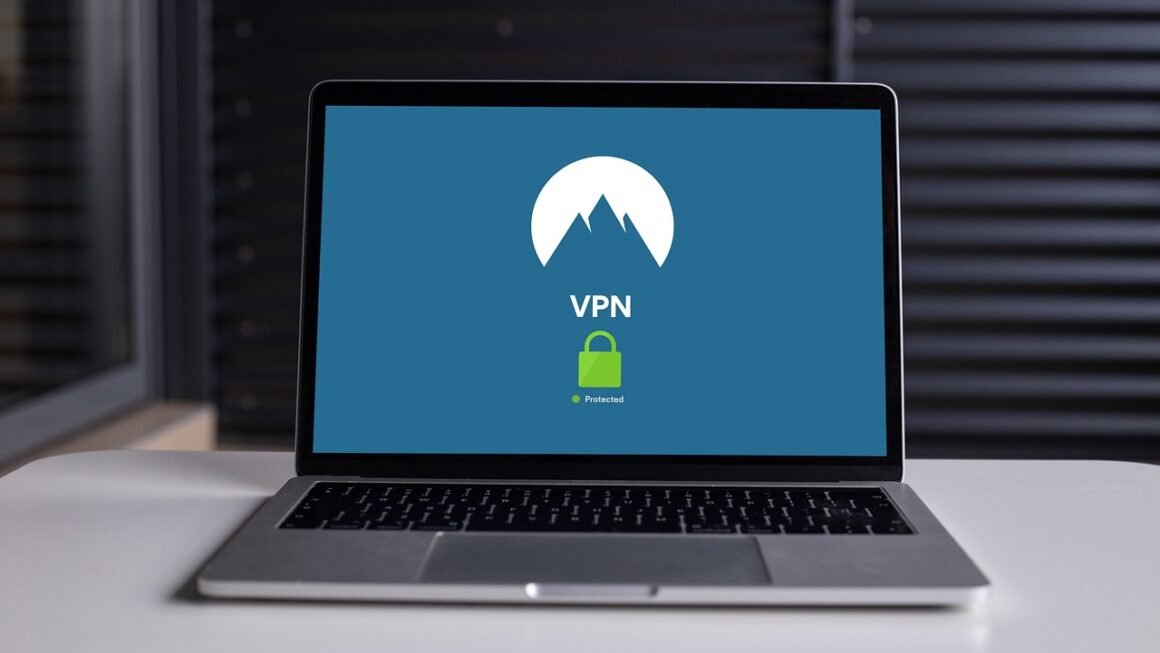Security breaches are no longer a question of “if,” but “when.” In today’s digital landscape, businesses of all sizes are under constant threat from cyberattacks. While robust security software and hardware are crucial, the human element often remains the weakest link. That’s where security awareness training comes in – equipping your employees with the knowledge and skills to recognize and avoid cyber threats, transforming them from potential liabilities into active defenders.
Understanding Security Awareness Training
What is Security Awareness Training?
Security awareness training is a formal process designed to educate employees about cybersecurity threats and best practices. It’s more than just a one-time presentation; it’s an ongoing program that reinforces good habits and keeps employees informed about the latest threats. The goal is to create a security-conscious culture within your organization.
- It helps employees understand the different types of cyber threats they may encounter.
- It teaches them how to identify and report suspicious activity.
- It provides practical guidance on protecting company data and systems.
- It helps ensure compliance with industry regulations and data privacy laws.
Why is Security Awareness Training Important?
A well-trained workforce is a crucial component of any effective cybersecurity strategy. Here’s why security awareness training is so vital:
- Reduces the Risk of Cyber Attacks: By teaching employees how to identify phishing emails, avoid malicious links, and protect their passwords, you significantly reduce the likelihood of successful cyberattacks. Studies show that human error is a major factor in a large percentage of breaches. A trained employee can spot a phishing scam that might slip past even the most advanced email filters.
- Protects Sensitive Data: Employees handle sensitive data every day. Security awareness training helps them understand the importance of data protection and how to handle confidential information responsibly. This includes everything from customer data to intellectual property.
- Enhances Overall Security Posture: Security awareness training strengthens your organization’s overall security posture by creating a culture of security consciousness. When everyone is aware of the risks and their role in protecting company assets, you create a much more resilient defense.
- Complies with Regulations: Many industries are subject to regulations that require security awareness training, such as HIPAA, GDPR, and PCI DSS. Implementing a comprehensive training program helps you meet these compliance requirements and avoid potential penalties.
Key Components of Effective Security Awareness Training
Phishing Simulations
Phishing simulations are a powerful tool for testing and reinforcing security awareness. They involve sending realistic phishing emails to employees to see if they can identify and report them.
- Realistic Emails: The simulated emails should mimic real-world phishing attacks, including using convincing language and branding.
- Varied Scenarios: Use a variety of scenarios to test different aspects of phishing, such as requests for personal information, urgent deadlines, or fake invoices.
- Immediate Feedback: Provide immediate feedback to employees who click on the simulated phishing links, explaining why the email was suspicious and what they should have done differently.
- Track and Measure Results: Track the results of the simulations to identify areas where employees need more training. For example, if a particular department is consistently falling for phishing scams, you may need to provide them with additional targeted training.
Password Security Best Practices
Weak passwords are a common entry point for cyberattacks. Training employees on password security best practices is essential.
- Password Complexity: Teach employees to create strong, unique passwords that include a combination of uppercase and lowercase letters, numbers, and symbols.
- Password Managers: Encourage the use of password managers to securely store and manage passwords. Password managers generate strong, unique passwords for each website or application and automatically fill them in, making it easier for employees to practice good password hygiene.
- Multi-Factor Authentication (MFA): Emphasize the importance of enabling MFA whenever possible. MFA adds an extra layer of security by requiring a second form of authentication, such as a code sent to their phone, in addition to their password.
- Password Recycling: Stress the dangers of reusing the same password across multiple accounts. If one account is compromised, all accounts using the same password are at risk.
Social Engineering Awareness
Social engineering is a technique used by attackers to manipulate individuals into divulging sensitive information or performing actions that compromise security.
- Understanding Social Engineering Tactics: Educate employees about the different types of social engineering tactics, such as pretexting, baiting, and quid pro quo. Explain how attackers use these tactics to gain trust and exploit vulnerabilities.
- Identifying Red Flags: Teach employees how to identify red flags that may indicate a social engineering attempt, such as urgent requests, unsolicited offers, or inconsistencies in communication.
- Verifying Requests: Encourage employees to verify requests for sensitive information, especially if they come from unfamiliar sources.
- Reporting Suspicious Activity: Emphasize the importance of reporting suspicious activity to the IT department or security team. Create a clear and easy-to-follow reporting process.
Implementing a Successful Security Awareness Training Program
Assess Your Organization’s Needs
Before implementing a security awareness training program, it’s important to assess your organization’s specific needs and risks.
- Identify Vulnerabilities: Conduct a risk assessment to identify the most common cyber threats facing your organization and the vulnerabilities that could be exploited.
- Evaluate Existing Knowledge: Evaluate employees’ existing knowledge of cybersecurity best practices through surveys or quizzes.
- Set Clear Goals: Define clear and measurable goals for your security awareness training program. What do you want employees to learn and how will you measure success?
Choose the Right Training Methods
There are many different training methods available, so it’s important to choose the ones that are most effective for your organization.
- Online Training Modules: Online training modules are a convenient and cost-effective way to deliver security awareness training to a large number of employees.
- Classroom Training: Classroom training allows for more interactive learning and can be particularly effective for complex topics.
- Lunch and Learns: Lunch and learns are a casual and informal way to provide training on specific security topics.
- Gamification: Gamification can make security awareness training more engaging and fun.
Ongoing Reinforcement and Updates
Security awareness training is not a one-time event; it’s an ongoing process that requires reinforcement and updates.
- Regular Training Sessions: Conduct regular training sessions to keep employees informed about the latest threats and best practices.
- Newsletters and Emails: Send out regular newsletters and emails with security tips and reminders.
- Posters and Visual Aids: Use posters and visual aids to reinforce key security messages.
- Keep Content Fresh: Regularly update your training content to reflect the evolving threat landscape. What was relevant last year might not be relevant this year.
Measuring the Effectiveness of Your Program
Key Performance Indicators (KPIs)
Measuring the effectiveness of your security awareness training program is crucial for demonstrating its value and identifying areas for improvement.
- Phishing Click-Through Rates: Track the percentage of employees who click on simulated phishing links. A decrease in click-through rates indicates that the training is effective.
- Incident Reports: Monitor the number of security incidents reported by employees. An increase in incident reports may indicate that employees are more aware of suspicious activity and more likely to report it.
- Knowledge Assessments: Conduct regular knowledge assessments to evaluate employees’ understanding of cybersecurity best practices.
- Compliance Rates: Track compliance rates with security policies and procedures.
Analyze Data and Make Adjustments
Regularly analyze the data you collect and make adjustments to your training program as needed.
- Identify Weaknesses: Identify areas where employees are struggling and tailor your training to address those weaknesses.
- Update Content: Keep your training content up-to-date with the latest threats and best practices.
- Seek Feedback: Solicit feedback from employees to identify areas where the training can be improved.
Conclusion
Investing in security awareness training is one of the most effective ways to protect your organization from cyber threats. By educating your employees about the risks and equipping them with the knowledge and skills to defend against attacks, you can significantly reduce your organization’s risk and improve its overall security posture. Remember, security is everyone’s responsibility, and a well-trained workforce is your first line of defense. Make security awareness training an ongoing priority to create a culture of security consciousness within your organization.



